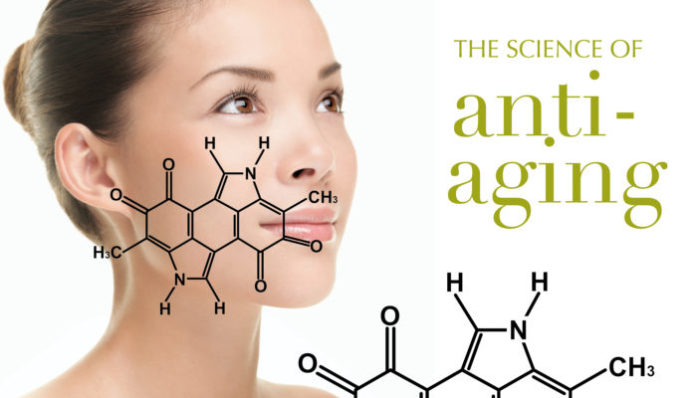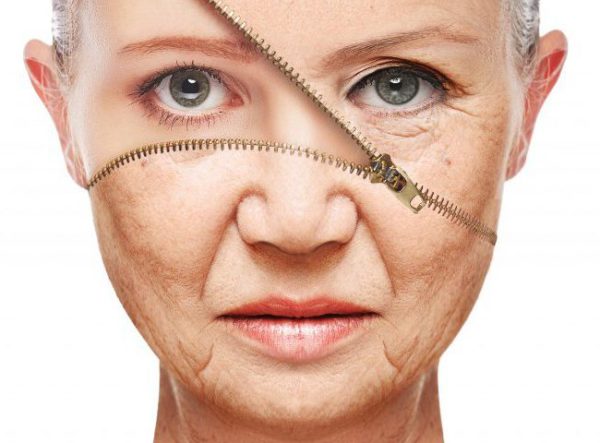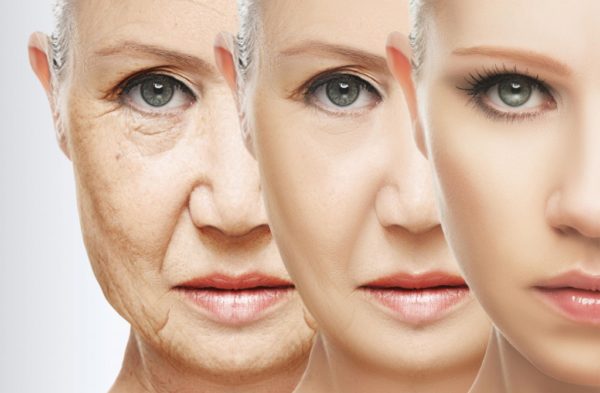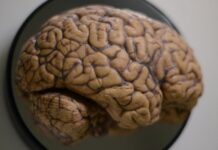
How would you like to reverse back to your youthful age again? Or how would you feel to remain in your youthful stages forever? All these questions are related to science and technology aimed at reversing aging.
Aging is simply the process of growing old. At this stage, there are many activities the aged person can’t do. Science explains that aging is largely a result of a process known as “epigenetic changes” — the alterations that make genes more or less active. During life, cell-activity regulators get added to or removed from genes. In humans, these changes can be caused by smoking, pollution or other environmental factors — which dial the genes’ activities up or down. As these changes accumulate, our muscles weaken; our minds slow down and we become more vulnerable to diseases.
This means if researchers can figure out how to stop or slow down the epigenetic changes, aging wouldn’t occur – or at the very least, would slow in humans. Researchers continue to work to better understand the epigenetic changes process.
Researchers at the Salk Institute for Biological Studies in the United States have announced in a new study their success in reversing the aging process in mice and in human cells. The study has been accepted for publication in the journal Cell.
According to the researchers, they were able to alter genes that turn adult cells back into embryoniclike ones, reversing the aging of mice and human cells invitro. This alteration, the researchers revealed, extended the life of the mice. The study also stated that the technique employed by the researchers also successfully promoted recovery from an injury in a middle-aged mouse.
The researchers said their study proved that by undoing changes in gene activity, it is possible to slow or even reverse aging in humans.
In the mice experiment, the researchers activated the four genes in mice known as “Yamanaka factors,” named after Shinya Yamanaka, the Nobel Prize winner who discovered their combined potential in 2006. This approach rejuvenated damaged muscles and the pancreas in a middle-aged mouse, and extended the life span of a mouse by 30% with a genetic mutation responsible for Hutchinson–Gilford progeria syndrome, which causes rapid aging in children. Because the Yamanaka factors reverse changes made to gene regulators, some researchers see the study as further evidence that aging is driven by epigenetic changes. The researchers believe their process will eventually work in living humans because in theory, reprogramming epigenetics should work on mice and people at any age.
“I do think that epigenetic reprogramming is the ultimate way to reverse aging. My lab has a lot of evidence that the primary driver of what we call the hallmarks of aging is the epigenetic change”, said David Sinclair, a Harvard University geneticist and anti-aging researcher who was not involved in the study, but is conducting similar work.
The researchers said although their findings look promising, they believe they can still improve the efficiency and results of the technique with more research, and that they can undo the epigenetic changes responsible for aging by using easier-to-handle chemicals instead of the Yamanaka factors. At this stage, they can then start treatment for human beings.
An aging researcher at the University of Washington, Matt Kaeberlein, said the study suggests it may be possible not just to slow aging but to reverse it. He said: “That’s really exciting—that means that even in elderly people it may be possible to restore youthful function.”
Mr Kaeberlein also added that it is easier to imagine a treatment that makes changes to the epigenome than to consider going into every cell and changing its genes individually.
However, despite the promising nature of the study, the researchers revealed that replicating the study on humans would be a delicate task which requires extra care. According to the researchers, when they treated mice continually during the study, some developed tumors and died within a week. But when they cut the treatment to two days out of seven, the mice benefited significantly.
This difficult and delicate part of the study has led some researchers to sound the alarm bell, making it difficult to achieve regulatory agency approval. However, concerned researchers also believe their colleagues at Salk Institute have engaged in groundbreaking work and still deserve praise.
This article (Anti-Aging Era: American Researchers Reverse Aging in Live Mice and Human Cells) is a free and open source. You have permission to republish this article under a Creative Commons license with attribution to the author and AnonHQ.com.
Supporting Anonymous’ Independent & Investigative News is important to us. Please, follow us on Twitter: Follow @AnonymousNewsHQ







